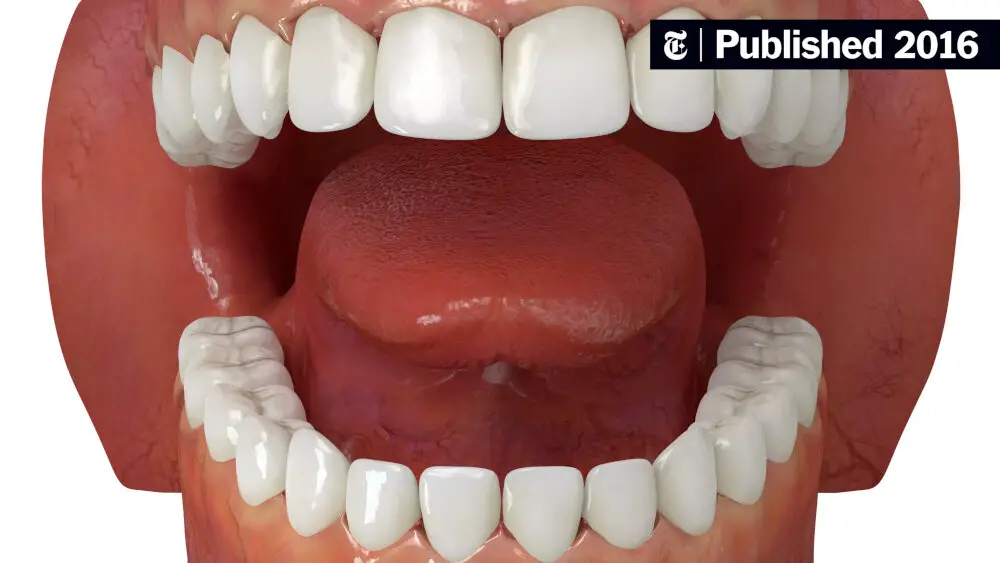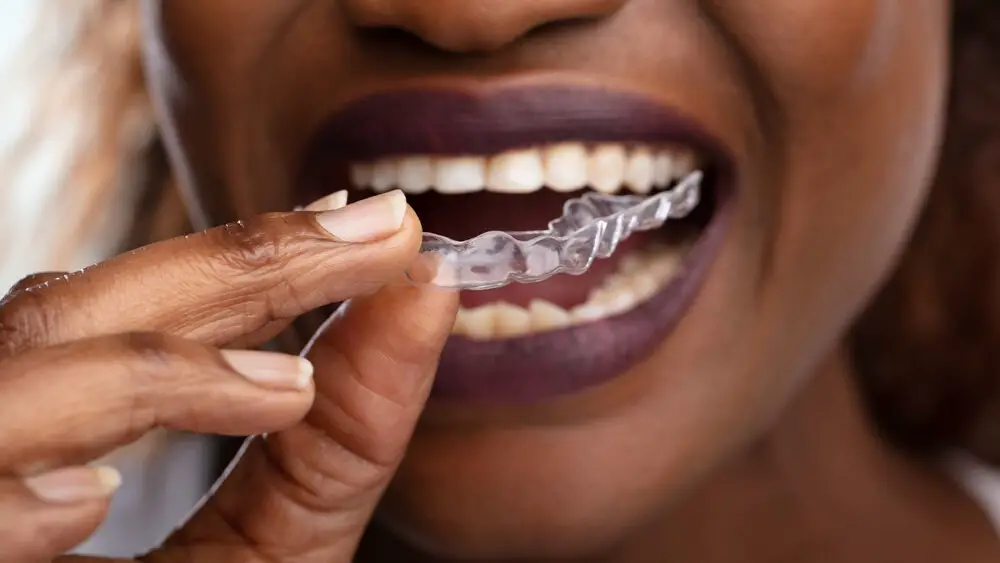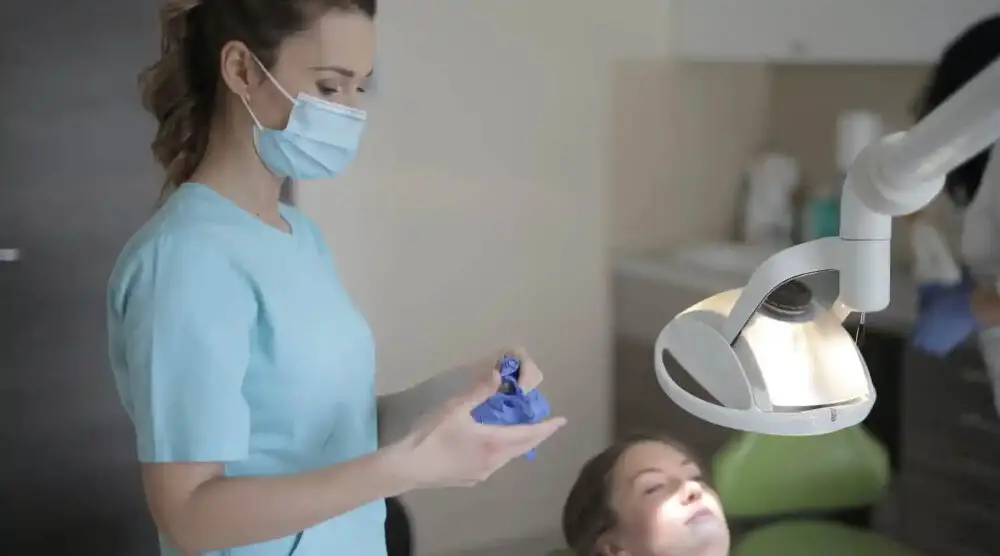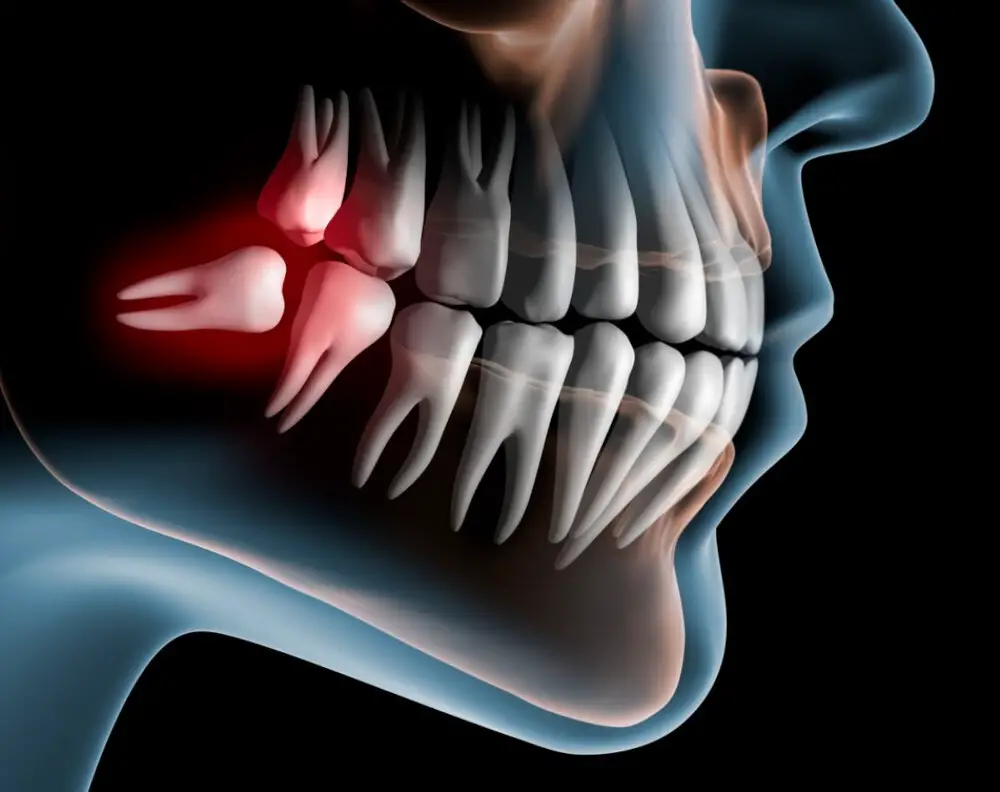When Do Kids Start Losing Their Teeth: A Parent’s Guide to Understanding the Tooth Fairy’s Schedule

As a parent, there are many milestone moments in your child’s life that you look forward to experiencing. One of these moments is when your child starts losing their baby teeth. For many parents, this can be a bittersweet moment as it signifies that their child is growing up. However, understanding when and how this process occurs can help parents prepare their children for this exciting new phase in their lives. The process of losing baby teeth is a natural part of a child’s development. While it can vary from child to child, most children will start losing their baby teeth between the ages of five and seven. This is an exciting time for children as they begin to see their permanent teeth come in. However, it can also be a confusing time for parents who may be unsure of what to expect. This guide aims to provide parents with a comprehensive understanding of the tooth fairy’s schedule so that they can help their children navigate this exciting time in their lives.
As parents, understanding the timing of tooth loss is crucial for several reasons. First and foremost, knowing when your child’s teeth will start to fall out can help you prepare for the changes ahead. It can also help you identify any potential issues, such as delayed tooth loss or overcrowding, that may require a visit to the dentist. Additionally, understanding the timing of tooth loss can help you educate your child on proper dental hygiene habits and the importance of taking care of their teeth. By teaching them the importance of healthy teeth and gums early on, you can help set them up for a lifetime of good oral health. So, whether you’re eagerly awaiting the arrival of the tooth fairy or simply looking to help your child maintain a healthy smile, understanding the timing of tooth loss is an essential part of parenting.
The tooth fairy tradition is a beloved childhood custom where children place their fallen tooth under their pillow at night in hopes of receiving a monetary reward in exchange. This magical creature is said to flutter into their room, collect the tooth, and leave a small gift or money in its place. The tooth fairy is often depicted as a tiny, winged fairy with a wand, adorned in a sparkling tutu, and carrying a pouch to store the teeth. The tooth fairy tradition is a fun way to celebrate a child’s growth and development, and it also helps them understand the importance of maintaining good dental hygiene.
When Do Baby Teeth Typically Erupt?

Baby teeth, also known as primary teeth, usually start to emerge between 6 and 10 months of age. The first set of teeth to erupt are typically the lower central incisors, followed by the upper central incisors. Over the next few years, the remaining baby teeth will erupt in a specific order, with the primary molars and canines usually coming in between the ages of 16 and 23 months. By age 3, most children will have a full set of 20 primary teeth. It’s important to note that every child is different, so some may experience earlier or later tooth eruption than others. The process of tooth eruption can be uncomfortable for some babies, resulting in fussiness, drooling, and a desire to chew on objects. Parents can help ease their child’s discomfort by providing a teething ring or gently rubbing their gums with a clean finger. Additionally, it’s essential to begin brushing your child’s teeth as soon as they emerge to promote good oral hygiene habits and prevent decay. By understanding the typical timeline for primary tooth eruption, parents can better prepare for their child’s dental health needs and ensure they receive the proper care to maintain a healthy smile.
The emergence of baby teeth is a significant milestone in a child’s development, and it usually begins around six months of age. The first teeth to appear are typically the lower central incisors, followed by the upper central incisors. The lateral incisors emerge next, followed by the first molars and then the canines. This process can take up to two years to complete, and by the age of three, most children will have a full set of 20 primary teeth. While the order in which teeth emerge can vary slightly from child to child, the overall timeline remains relatively consistent. Understanding this timeline can help parents prepare for the inevitable arrival of the tooth fairy and ensure that their child’s oral health is well-cared for.
The timing of tooth eruption can be influenced by various factors, including genetics and nutrition. Research has shown that genes play a crucial role in determining the sequence and timing of tooth eruption. However, environmental factors such as nutrition can also affect the process. A diet rich in vitamins and minerals, particularly calcium and vitamin D, can promote healthy tooth development and eruption. In contrast, a diet lacking in these essential nutrients can delay tooth eruption and even lead to dental problems later in life. Additionally, other factors such as hormonal imbalances and certain medical conditions can affect the timing of tooth eruption. Therefore, parents should ensure that their children receive a balanced diet and regular dental checkups to promote healthy tooth development and facilitate proper timing of tooth eruption.
When Do Baby Teeth Typically Fall Out?

As parents, we all look forward to the exciting milestones our children achieve, and losing baby teeth is no exception. While it may seem like losing the first tooth is a rite of passage, the timeline can vary for each child. Baby teeth usually start to fall out around the age of six, although it can happen as early as four or as late as eight. The process typically begins with the two front bottom teeth and is followed by the top two front teeth. The rest of the teeth will fall out over the course of several years, with the last baby tooth usually falling out around the age of twelve. It is essential to note that while the timeline for losing baby teeth is generally predictable, there can be variations. Factors such as genetics, nutrition, and dental hygiene can affect the timing of tooth loss. Some children may lose teeth earlier than expected, while others may take longer. Parents should not worry if their child’s teeth do not follow the typical timeline precisely. However, if there are concerns about the timing or order of tooth loss, it is always best to consult with a pediatric dentist.
Losing baby teeth is a significant milestone in a child’s life, and it can be an exciting time for both the child and the parents. Generally, children start losing their baby teeth between the ages of 6-8 years old. The first teeth to fall out are usually the two bottom front teeth, followed by the two top front teeth. This is then followed by the lateral incisors, canines, premolars and finally, the molars. The entire process of losing baby teeth and growing permanent teeth can take several years, and it’s essential to monitor your child’s dental hygiene during this time. Remember that the tooth fairy is always on the lookout for lost teeth, so encourage your child to take good care of their teeth to ensure a smooth transition to their permanent set.
The timing of tooth loss in children can be influenced by a variety of factors, including genetics and trauma. Genetics can play a role in determining when a child’s teeth begin to loosen and fall out, as some children may have a genetic predisposition to losing their baby teeth earlier or later than average. Trauma, such as a fall or injury to the mouth, can also impact the timing of tooth loss by causing a baby tooth to loosen or fall out prematurely. Additionally, certain medical conditions or treatments, such as orthodontic work, can affect the timing of tooth loss. Understanding these factors can help parents better anticipate when their child may start losing their baby teeth and prepare them for the arrival of the Tooth Fairy.
How Can Parents Help Their Children with Loose Teeth?

Loose teeth are a natural part of childhood, but they can also be a source of anxiety for both children and parents. Fortunately, there are several ways that parents can help their children manage loose teeth and prepare for the tooth fairy’s visit. One of the most important things parents can do is to encourage good oral hygiene habits, such as brushing and flossing regularly. This can help keep the gums healthy and reduce the risk of infection or other complications associated with loose teeth. Another way parents can help their children with loose teeth is to provide gentle encouragement and support. Many children are nervous or scared about losing their teeth, especially if it’s their first time. Parents can help by listening to their child’s concerns, answering their questions, and providing reassurance that everything will be okay. They can also offer small rewards or incentives, such as a special treat or a fun activity, to help their child feel more excited and positive about the experience. By being patient and supportive, parents can help their children navigate this important milestone with confidence and ease.
Loose teeth can be an uncomfortable and anxiety-inducing experience for children. As a parent, there are several tips you can use to help your child deal with this discomfort. First, encourage them to wiggle the tooth gently to help loosen it further. This can help to relieve some of the discomfort they may be feeling. Second, offer soft foods that don’t require much chewing, as this can also help to alleviate discomfort. Third, remind your child that this is a normal process that happens to all children, and reassure them that the tooth will fall out when it’s ready. Finally, consider offering a small reward or special activity once the tooth falls out, to help your child feel excited and positive about the experience.
When it comes to helping your child with tooth removal, it’s important to prioritize safety. Before attempting to remove a loose tooth, make sure your hands are clean and that you have a clean, sterile pair of tweezers. Encourage your child to wiggle the tooth back and forth with their tongue or finger to help loosen it. When you’re ready to remove the tooth, use the tweezers to gently grasp the tooth and give it a quick, firm tug. Avoid twisting or jerking the tooth, as this can cause pain or damage to the surrounding teeth and gums. If the tooth doesn’t come out easily, it’s best to leave it alone and wait for it to fall out naturally. Remember, losing baby teeth is a natural part of growing up, and with a little patience and care, your child will soon be sporting a brand new smile.
What Should Parents Know About the Tooth Fairy Tradition?

The Tooth Fairy tradition is a beloved childhood tradition that is prevalent in many households. However, it is important for parents to understand the origins and significance of this tradition. The Tooth Fairy is a mythical character who is said to visit children when they lose a tooth. In exchange for the tooth, the Tooth Fairy leaves a small gift or monetary reward under the child’s pillow. This tradition is meant to comfort children during a time of physical discomfort and to celebrate a significant milestone in their development. Parents should be aware that the Tooth Fairy tradition can be a great opportunity to teach their children about the importance of oral hygiene. Encouraging children to take care of their teeth and gums can help prevent painful and costly dental problems down the line. Parents can also use the Tooth Fairy as a way to teach their children about the value of money and the importance of saving. By encouraging their child to save the money they receive from the Tooth Fairy, parents can help instill good financial habits that will benefit their child throughout their life. Overall, the Tooth Fairy tradition is a fun and meaningful way to celebrate a special moment in a child’s life while also imparting important life lessons.
The tooth fairy tradition has been around for centuries, with roots in European folklore. In early Norse cultures, it was believed that children’s baby teeth had magical powers and could bring good luck in battle. Parents would bury their children’s teeth to protect them from harm. In the 13th century, the tooth fairy tradition as we know it today began to take shape in Europe. Children would place their lost teeth under their pillows, and a fairy would come and leave a small gift in exchange. The tradition eventually made its way to North America in the early 1900s, and the tooth fairy has since become a beloved figure in many cultures around the world. Today, children eagerly await the arrival of the tooth fairy and cherish the special gifts left behind as a reminder of the magic of childhood.
The tooth fairy is a common and beloved character in many cultures around the world. Children are often taught that when they lose a tooth, they should place it under their pillow at night for the tooth fairy to collect. In exchange for the tooth, the tooth fairy leaves money or a small gift, such as a toy or a note. This tradition is believed to have originated in Europe in the Middle Ages, where it was customary to bury baby teeth to prevent witches from using them for spells. Today, the tooth fairy is a symbol of childhood innocence and a rite of passage for children as they grow and develop. Despite the variation in customs and beliefs around the tooth fairy, the underlying message remains the same: that losing a tooth is a special and exciting event for children, and that they are worthy of celebration and reward.
Maintaining children’s dental health is crucial for their overall well-being, and parents play a significant role in ensuring healthy teeth and gums. Regular dental checkups, daily brushing and flossing, and a balanced diet are essential to prevent cavities and tooth decay. Parents should also monitor their children’s dental development, as the timing of tooth loss can vary from child to child. When it comes to tooth loss, parents can make the experience positive by celebrating this milestone with their children and emphasizing the importance of good oral hygiene for healthy adult teeth. The tooth fairy tradition can be a fun way to engage children in taking care of their teeth and make the process of losing baby teeth less daunting.
The tooth fairy tradition is a beloved and cherished part of childhood for many. It not only adds a touch of magic and excitement to the milestone of losing teeth, but it also serves as a reminder of the fleeting nature of childhood. As children grow up, they may look back on the tooth fairy with nostalgia and fondness, remembering the excitement of placing a lost tooth under their pillow and waking up to find a small surprise in its place. While the tradition may be simple, it holds great significance in creating fun and memorable experiences for children and their families.
Conclusion

In conclusion, understanding when kids start losing their teeth is an essential part of parenting. It is crucial to keep track of your child’s dental development and ensure they receive proper dental care. As the tooth fairy pays a visit to your child’s pillow, it is a sign that your child is growing up and reaching an important milestone. While the timing of tooth loss may vary from child to child, it is generally a natural and exciting process. As parents, we can support our children during this time by providing comfort and encouragement, and of course, celebrating with the tooth fairy’s arrival.







